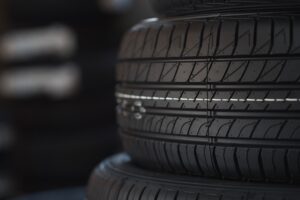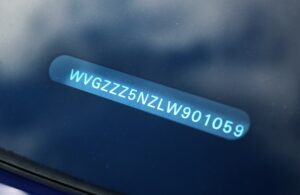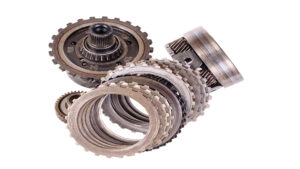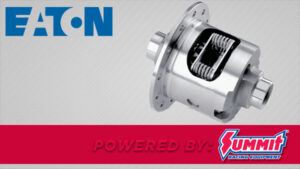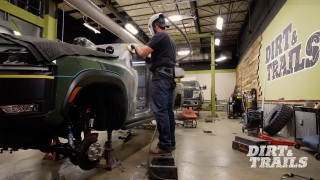How To Cut And Buff A Clear Coat
In a previous episode we covered how to buff out an OEM paint job and bring it back to life, or paint correction. Now Jeremy is going to go over how to buff and cut a clear coat after a fresh paint job. A lot of times after you pull a freshly painted vehicle out of the booth, people will think it’s perfect and not even want it to be cut and buffed. But when you see the finish side by side, you’ll see the difference and why it’s important.
Jeremy is going to mark off a small section and get to work with a billet block. A rubber block will be used for the later steps and you’ll also need 800, 1200 and 1500 grit sandpaper along with a water bottle and a squeegee. Get started by spraying water on the section you want to work on and start with your billet block and 800 grit. Note that when using a billet block and fairly aggressive sandpaper, you want to take it easy. You’ll want to move in an “X” pattern which will cut the clear down even.
When you’re using a billet block all you want to do is level out the clear. If you accidentally burn through the clear then you’re stuck re-painting! After you finish with the 800 grit, switch to the rubber block and 1200 grit which will help remove some of the scratches from the 800 grit. Use the same sanding technique and process as before. Repeat one final time with 1500 grit paper and the rubber block.
Now to bring the shine back! A dual action buffer and cutting compound are what you’ll need for this part. Apply a few drops of compound to your red pad and slowly work it onto the panel. Then set the RPM to around 4,000 and get to work. Next, swap to a yellow pad and the X compound and cut the RPM to around 2,000. This removes any swirls or fine scratches that were left behind.
That’s all there is to it. With a little bit of know-how and some elbow grease you can have a show-quality finish on your ride!

